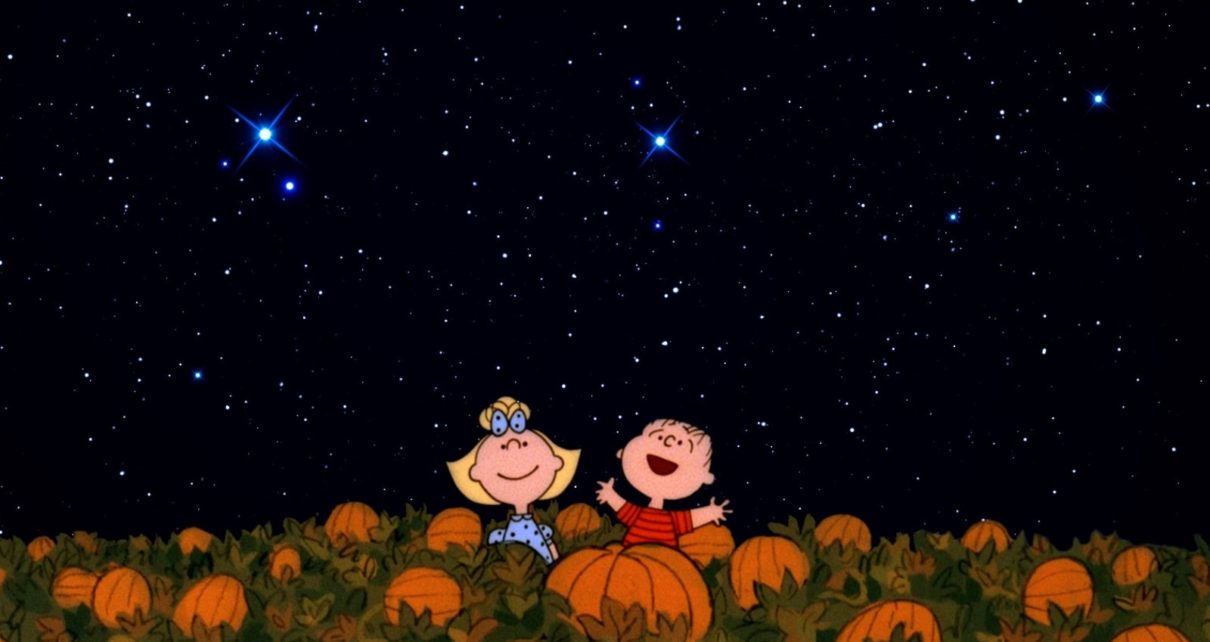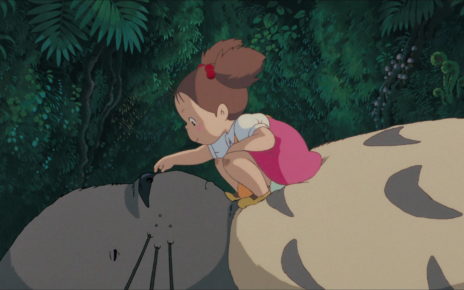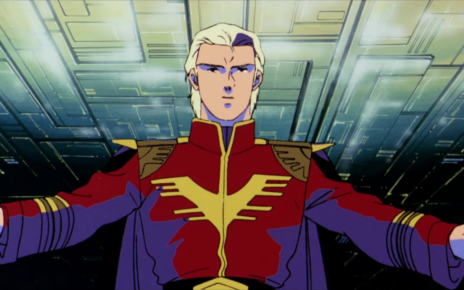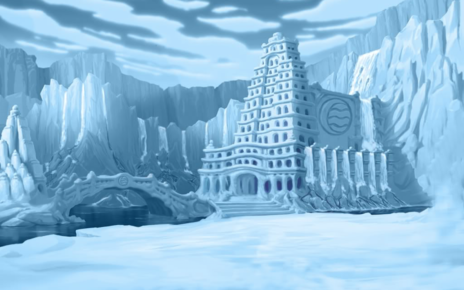Ah, Halloween, the post-pagan holiday-turned-season known for sugar overdoses, teenage (and college) basement ragers, and deviously repurposed toiletries. Oh, and a heartbreakingly hopeful boy awaiting Godot in the form of a giant pumpkin.
I’d never seen It’s the Great Pumpkin, Charlie Brown before this year—mine was always more of a Christmas family anyway—but felt it necessary after reading a Quite Good 50th-anniversary piece by Jen Chaney in Vulture which adequately assured me of how miserable I’d be after I watched it. “Hey, you’re a glutton for emotional punishment,” I muttered to myself in a rare moment of self-acceptance. “Dig in.”
An Ode to It’s the Great Pumpkin, Charlie Brown, the Cartoon Where Nothing Good Happens
So in I dug like Lucy’s knife into squashy flesh, following poor Linus van Pelt as he bravely withstood peer ridicule while awaiting the arrival of that made-up Santa of October, the Great Pumpkin, in the confines of a pumpkin patch of the utmost sincerity. (The holiday special really should be called It’s (Not) the Great Pumpkin, Linus van Pelt, but I’m sure network executives had quite a good reason to avoid that title.) And I found it…well, yeah, pretty damn bleak.
Yet afterward, as I reflected on that bleakness, I remembered that there is hope for Linus yet. Let us recall, dear trick-or-treaters and Dot-and-Liners, the rich history of All Hallows’ Evening, which was once simply a prelude to All Saints’ Day and, even further beyond them ol’ misty veils of time, the Gaelic festival of Samhain.
For ancient Celts, Samhain marked the end of the harvest season and the beginning of winter and, like its vernal counterpart Beltane, was believed to be a liminal time—a period during which the boundary between our world and the Otherworld was thinner and less defined. Spirits and faeries and other such beings could more easily cross into our plane of existence during such a time.
So perhaps Linus—whose knowledge of ancient religions was pretty firmly established by his recitation of Luke 2:10 from memory in the prior Peanuts special, A Charlie Brown Christmas—wasn’t so naive and crazy after all. Perhaps, even if the Great Pumpkin—or the Squash Spirit, or whatever—was never to physically appear, he was, after all, spiritually adjacent to that pumpkin patch, guiding Linus toward a wide-eyed joy no other Peanuts character seems to share. Shouldn’t that be enough?
And if it’s not, there’s always this: It’s the Great Pumpkin, Charlie Brown shows the audience, through Linus, humankind at its best—hopeful, excited, and filled with faith in the wonders of the universe. It also shows us Linus’s true nature.

In another great, much more recent, Halloween special, “A Very Venture Halloween,” The Venture Bros.’ very own Dr. Strange/Christopher-Lee-as-Dracula parody, the necromancer Dr. Byron Orpheus, has his own pretty powerful stuff to say about a holiday not exactly known for its moving revelations about the human condition:
“This is a night of true magic. Halloween is the night we discover who we are. Are we people who make zombie armies? Are we those who condemn others? Or are we beautiful children in resplendent costumes collecting candy? Are our choices in costumes provocative? Do we dress up as our ideal self, or are we not ready to decide what to be? Do you see it now? We use this one enchanted night to perform the greatest feat of magic there is: We become ourselves. Halloween is the true magic. It is the night we discover who we really are.”
We know who Linus is. Even in the bleakest of holiday specials, he’s the one who believes in the magic in the world—the magic we’ve lost along the way somewhere, in our cynical trudge through the drudgery of modern existence.
The question is: Are you? Let’s go find out together. Happy Halloween.
Thanks for reading The Dot and Line, where we talk about animation of all kinds. Don’t forget to ❤ this article and follow us on Twitter and Facebook.





